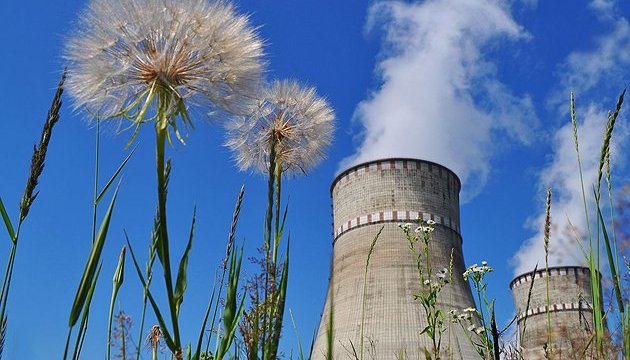УДК 622.7:621.7 • Issue 4 (32) / 2020 • 58-64 pages
Hubina V., Kurochkin G., Hubin G., Korolenko M.
Hubina V., Ph. D. (Geol.-Min.), Senior Research Fellow, Leading Researcher, State Institution “The Institute of Environmental Geochemistry of National Academy of Sciences of Ukraine”, ORCID: 0000-0001-7486-5451, gvg131619@gmail.com
Kurochkin G.., Senior Lecturer, Kryvyi Rig National University, gvg131619@i.mail.ua
Hubin G., Ph. D. (Techn.), Associate Professor, Kryvyi Rig National University, gennadiy.gubin@gmail.com
Korolenko M., Head of the Board and General Director of ZAT “ZHRK”, info@zgrk.com.ua.
Abstract
To reduce the metal loss after grinding in the ore-dressing process, the authors studied the magnetic properties of minerals in Kryvyi Rig oxidized quartzites and determined the possibility of their flocculation. Monomineral fractions of hematite, martite, goethite, siderite, and quartz were studied. These minerals have a weak magnetism. It should be borne in mind that the monomineral fractions are not absolutely pure, some of them contain finely disseminated magnetite, which does not unfold even in the 5 micron class. For example, quartz contains from 0.03 to 0.7% of magnetite. The residual magnetization and coercive force of fine quartz particles with a size of 5 microns is twice as large as that of goethite particles. This is one of the causes of clogging of magnetic products. The experimental studies have confirmed the presence of the process of flocculation. In products with an increased mass fraction of magnetite in fields of strength up to 800 kA / m, floccules are formed from magnetite particles. The attraction of weakly magnetic particles to them is insignificant. With an increase in the field induction, floccules are attracted to each other, particles of the main weakly magnetic minerals gradually flocculate on them, especially at strength above 400 kA / m, while at 800 kA / m floccules form more voluminous aggregates arranged in parallel chains in the direction of the field. With a decrease in the particle size of hematite, martite, and goethite, attraction to floccules occurs at smaller distances between them. The joint magnetization of large particles with small ones somewhat facilitates flocculation, especially in a field of 800 kA / m. The research results presented in the article explain the relatively low indicators of the magnetic enrichment of the oxidized quartzites, and the data on the flocculation of the weakly magnetic mineral particles help to improve the indicators of enrichment.
Key words: oxidized quartzite, magnetization, magnetic force, coercive force, flocculation.
Article
Reference
- Nikolaenko E.M. (2013), Metallurgical and Mining Industry. ‑ Vyp. 7, Dnipro UA, pp. 115‑117.
- Gritsay U.L., Gerasimova Z.F., Bogdanova I.P. (1976), Investigation of changes in the magnetic properties of minerals of oxidized iron ores after magnetization. Enrichment of Ferrous Ores. Moscow, RU, pp. 73‑81.
- The use of high-intensity magnetic separators for the extraction of weakly magnetic iron oxides from tailings (1982), Express information UNIITEN World Cup. Series Ore beneficiation. Moscow, RU, pp. 1‑5.
- L.A. Barskiy, E.A.Shrader, S.A.Stepanov (1990), Collection of scientific papers of the Institute for Integrated Subsoil Development of the Academy of Sciences of the USSR, pp. 129‑138.
- Bartnik E.A., Vismut G.D. (1985), Erzmetall.‑ Vyp. 5. Germany, pp. 243-249.
- Shiryaev A.A., Velichko U.V. (2005), Metallurgical and Mining Industry. ‑ Vyp. 4, Dnipro UA, pp. 86‑88.
- Sokolova V.P., Zima S.N., Vorob’yov N.K. (2003), Ore Mining. ‑ Vyp. 83, Kriviy Rig, UA, pp. 105‑109.
- Sokolova V.P., Gabura A.V. (2003), Ore Mining. ‑ Vyp. 83, Kriviy Rig, UA, pp. 153‑158.
- Mineralogy of the Kryvyi Rih basin (1977), 541р.
